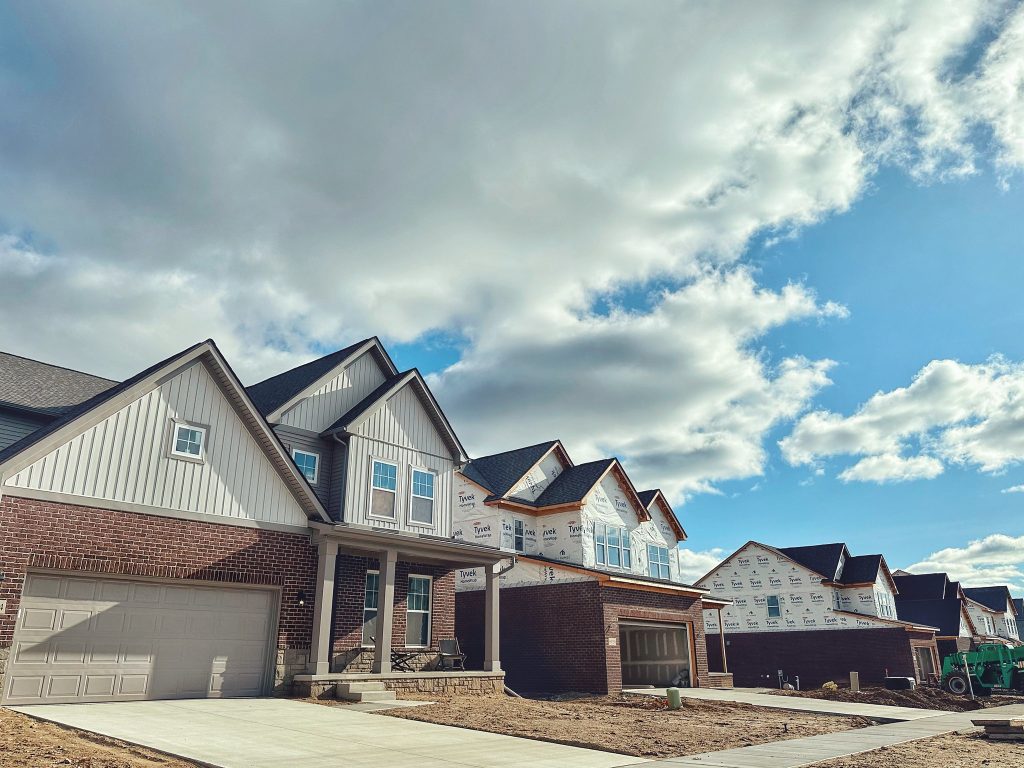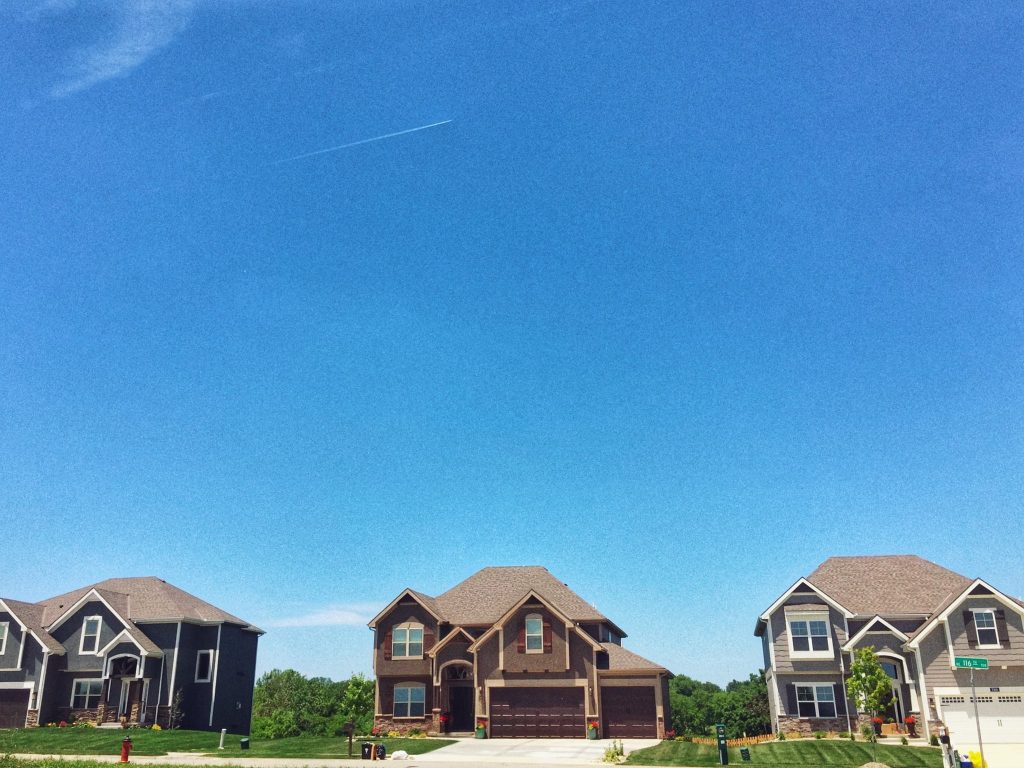The number of homes available for sale hit a historic low a few years ago. Inventory was already lower than normal when the pandemic-era buying boom drove it even lower. That resulted in rising prices and growing home buyer frustration. Fortunately, though, things have improved since then. New home construction ramped up and – particularly in the South and West – has helped home buyers, providing more homes to choose from and smaller price increases. But according to one new analysis, the market still has a long way to go. In fact, the numbers – released by the National Association of Realtors’ consumer website – show the market still short nearly 4 million homes. That’s the third-largest gap since 2012 and one that it would take years to close at the current rate of new home construction. Danielle Hale, the website’s chief economist, says builders made some strides but there’s still work to do. “While builders made strides last year, the scale of the historic housing shortage, paired with strong pent-up demand, meant that new supply couldn’t fully close the nearly 4 million-home gap,†Hale said. (source)













